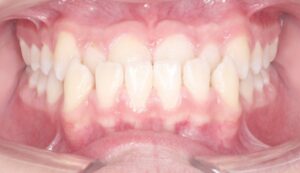Orthodontic problems can affect anyone – in fact, our teeth are almost never naturally perfect. Malocclusion, or a “bad bite”, can cause problems with chewing, oral hygiene, speaking and esthetics. A bad bite can be genetic, or can be caused by thumb sucking, dental disease, poor dental hygiene, accidents, birth defects or other medical conditions.
Being educated about the orthodontic problem you or your child may have is the first step to correcting it. Orthodontic treatment performed by Dr. Raj can improve both the functionality of your bite and the appearance of your smile.
Below are some examples of the most common orthodontic problems.
Excess Overjet
The appearance and function of your teeth are impacted by this type of bite. It is characterized by the upper teeth extending too far forward.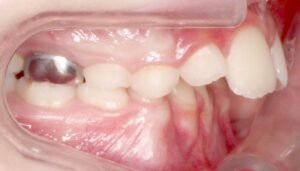
Deep Bite
The upper front teeth vertically cover the lower front teeth, sometimes causing the lower front teeth to bite into the roof of the mouth.

Crossbite
The upper teeth sit inside the lower teeth, which may cause tooth mobility and/or asymmetric jaw growth.
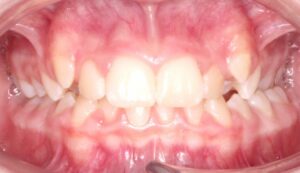
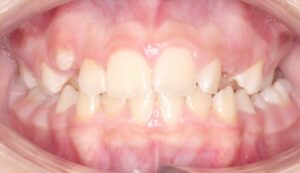
Openbite
Proper chewing is impacted by this type of bite, in which the upper and lower front teeth do not overlap. Openbite may cause a number of unwanted habits, such as tongue thrusting.
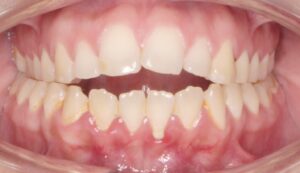
Crowding
Crowding occurs when there is insufficient space to accommodate all the teeth into the arch. Crowding can often be corrected by aligning the teeth, and may require extractions to create space.
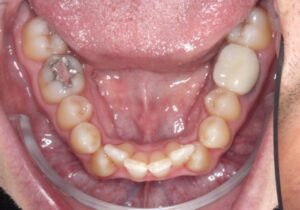
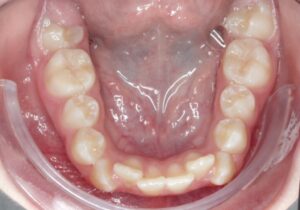
Spacing
Spacing problems may be caused by missing teeth, or they may only be an esthetic issue with food getting stuck between teeth.

Underbite
In an underbite, the lower jaw extends out, causing the lower front teeth to sit in the front of the upper front teeth. Some cases may require surgical correction.